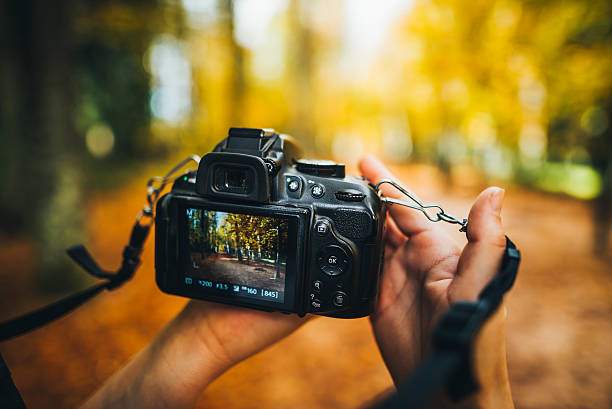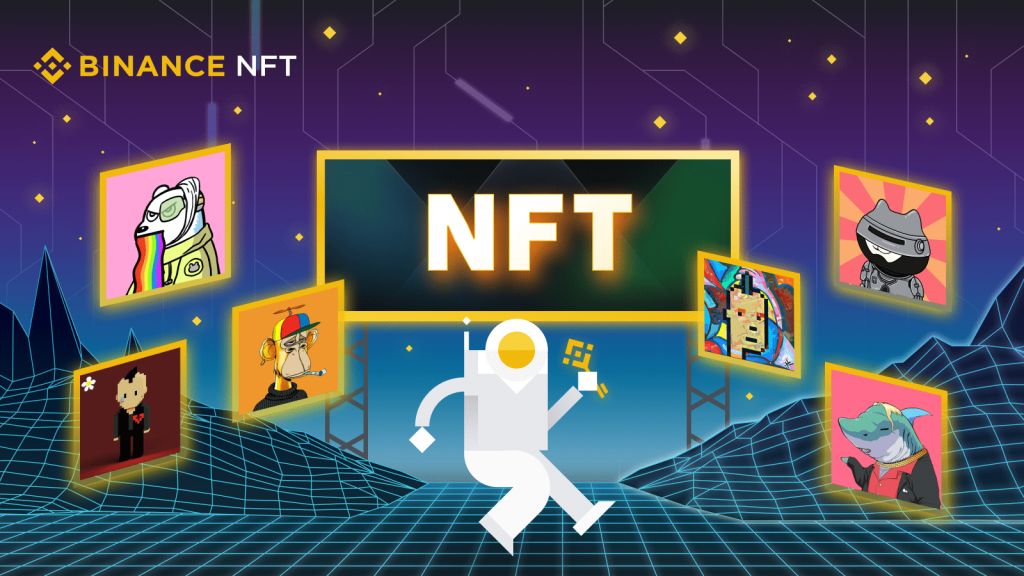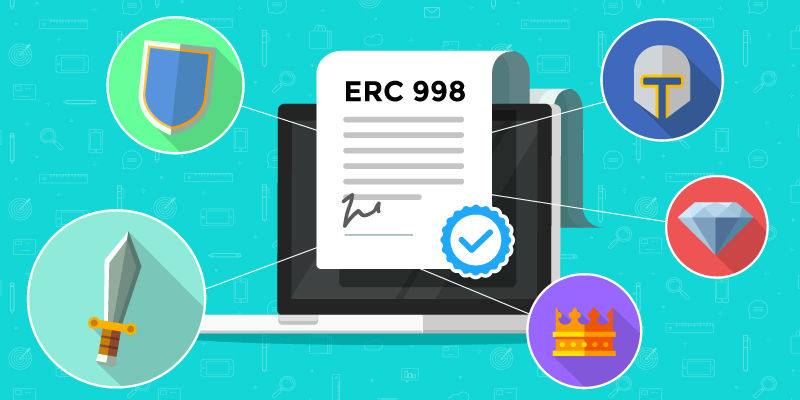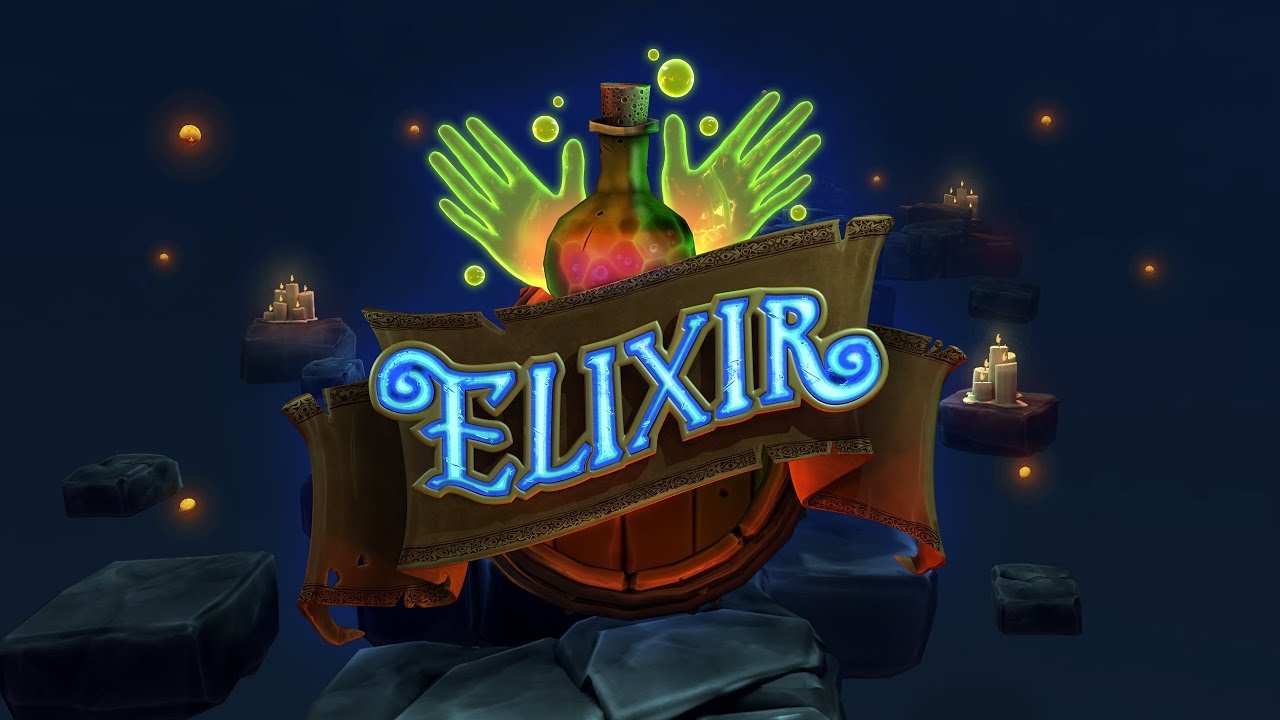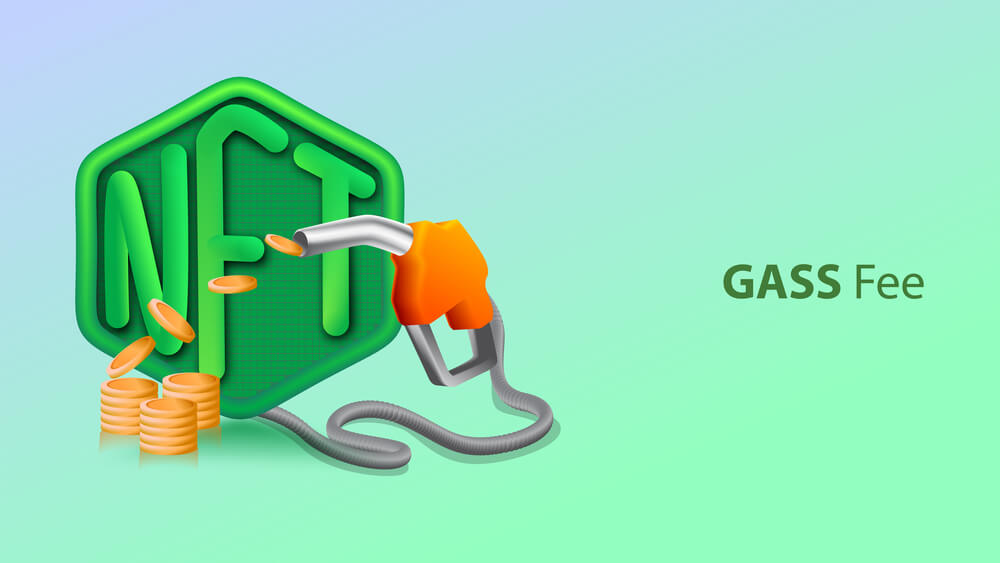Any photographer with an internet connection now has the same opportunity to create and monetize artworks with the aid of the new non-fungible token (NFTs) technologies. In this case, more professional and amateur photographers are likely to join the budding space, willing to set floor prices for their artwork.
For the photography arts to remain relevant and continue flourishing, artists in the ecosystem have to keep their audiences engaged. In this case, artists must allow people in the space to read the story, hear the word and duly understand the process to establish emotional attachment.
While commenting about the NFTs’ integration in photography in a recent interview, Elise Swopes, a self-taught photographer and graphic designer, who made over $200,000 in 10 months from selling her artworks as NFTs, said:
“There feels like a lot of pressure to shift your style to appease the mass market of 3D designs and illustrations, but it’s a neat reminder that I am quite passionate and driven to create what I love instead of trying to keep up.”
Although artistic credibility drives the prices of NFTs in the secondary market, authentic NFTs will only have the perceived value attached to the art, artist, and community.

According to a pseudonymous NFT art collector “6529,” technically gifted HoBeing will not be an important differential factor toward building an audience. Those artists standing out from the crowd have to craft memorable experiences.
“So your job is to make the connection, to find something that speaks to that subset of people (tiny subset is fine, 1,000 is more than enough to have a wonderful career doing what you love) that love and appreciates the same thing you do.”
Sultan Gustaf Al Ghozali, a 22-year-old computer science student from Semarang, Indonesia, is another perfect example. Ghozali recently converted and sold nearly 1,000 selfie images as NFTs as a way to look back on his graduation journey. At the time, the collection successfully amassed a total volume of 397 Ether (ETH), equivalent to more than $1.2 million.
NFTs Resolves Technological Barriers.
Many photographers experiences challenging tasks in integrating their collections and individual images into the NFT space. Although the initiation process can be frustrating for many beginners, the rapidly growing audience with direct compensation is a powerful incentive.
Swopes added:
“The most exciting part about NFTs does not have to exchange the purpose of my digital art for print. I think my art looks best on a screen.”
According to her, better integration mechanisms encourage people to start regularly engaging with photography NFTs while redefining the meaning of creating art. The rapidly growing curve will leverage as the industry incorporates more curated educational content, reducing the difficult experience of navigating the marketplace and challenges that exist currently while trying to reach the desired art piece.
Curated platforms thrived in the past few weeks with one-of-one marketplaces. Scheuttle’s NFT photobook “Morningstar” is a perfect innovative way that adds value to the project. In that context, Scheuttle explained that NFTs provided him with a chance to earn fair compensation for his work while helping him grow as an artist.
In the meantime, more artists continue pushing the boundaries of what non-fungible technology can achieve, with many now starting to understand the possibilities that NFTs would offer photography. Furthermore, the recent natural evolution of photography prepares the next generation of photographers to thrive in Web3 innovations such as the Metaverse.

